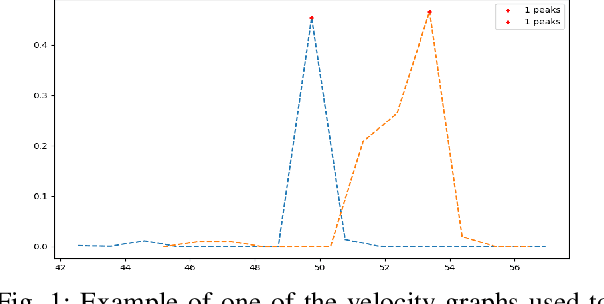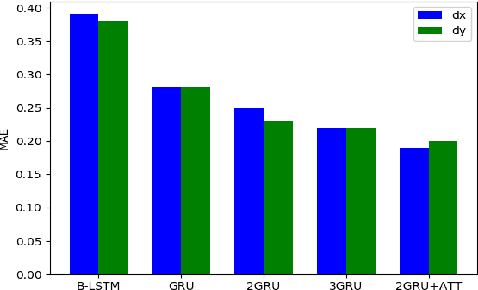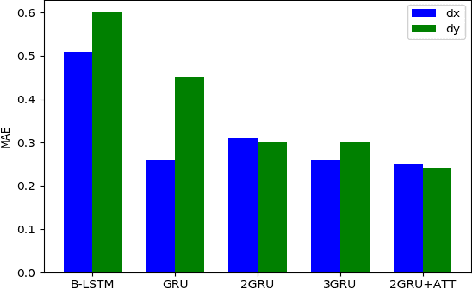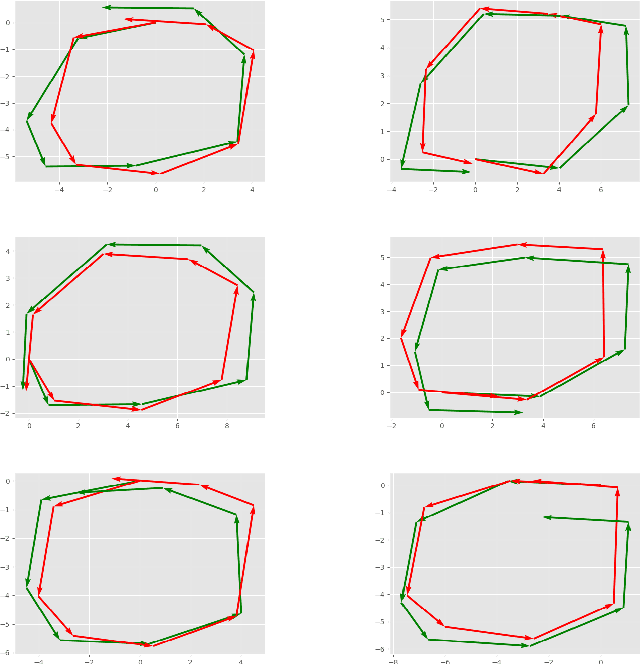Pedestrian Tracking with Gated Recurrent Units and Attention Mechanisms
Paper and Code
May 31, 2020



Pedestrian tracking has long been considered an important problem, especially in security applications. Previously,many approaches have been proposed with various types of sensors. One popular method is Pedestrian Dead Reckoning(PDR) [1] which is based on the inertial measurement unit(IMU) sensor. However PDR is an integration and threshold based method, which suffers from accumulation errors and low accuracy. In this paper, we propose a novel method in which the sensor data is fed into a deep learning model to predict the displacements and orientations of the pedestrian. We also devise a new apparatus to collect and construct databases containing synchronized IMU sensor data and precise locations measured by a LIDAR. The preliminary results are promising, and we plan to push this forward by collecting more data and adapting the deep learning model for all general pedestrian motions.
 Add to Chrome
Add to Chrome Add to Firefox
Add to Firefox Add to Edge
Add to Edge